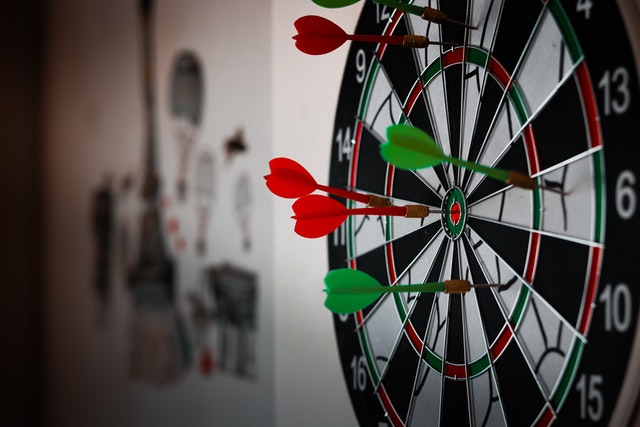

For most traders knowing when and where to enter a trade is the most important question you could answer. Many beginners delve into a trade to make additional income without the requisite knowledge of setting trade targets. This often leads to loss of investments (either at the small or large scale), a decline in Trade confidence, and many impulsive decisions.
Imagine you had the right amount of information that would harm you in setting an appropriate target for your trading adventure and help you actualize a financially independent life; wouldn’t you jump on it? This guide will provide you with the top five strategies to help you set an effective trading target. The fun part is that each of these strategies applies to any broker or online trading platform you choose to work with.
Key takeaways
- Trade targets are vital in building your confidence as an investor
- Setting targets in your trade does not just guarantee profit. Your expertise also has a role to play.
Without any further ado, let’s dive into how traders can get extra income from setting targets in the trade.
PS: If you are in a hurry and cannot go through this guide, we will highlight the top five strategies below.
- Reward/Risk Ratio
- Recent Support and Resistance Levels
- Fibonacci Extensions
- Time-based Targets
- Trailing Stop Loss
5 ways to set a perfect trade target
1. Reward/risk ratio
One of the simplest techniques in setting a trading target is using a fixed reward-to-risk ratio. The process is pretty simple as beginners, and professional traders can be given every chance to earn additional income. Firstly, you begin by measuring the stop-loss and the entry point, and then you multiply the distance by a factor (1,2 or 3) depending on the desired risk ratio.
What you should understand, however, is that the higher the reward risk ratio is, the lower your chances of making a profit from your investment. Beginners may preferably go for smaller targets with a reduced reward/risk ratio to better their chances of realizing a profit.
2. Recent support and resistance levels
Another popular strategy for setting targets inside is using the most recent support and resistance levels. These levels are considered the major factors that influence the market decision. You can utilize this strategy by looking towards the left on your chat to identify the most recent support and resistance level and then place your trading target levels above it.
3. Fibonacci extensions
It is interesting to know that Traders can use Fibonacci extensions to set targets in their trade. Please pay attention to how it works! Once you must have identified several pullbacks and breakout situations on your trading chart, you can proceed to draw out the Fibonacci tool starting from the bottom right to the top of the breakout move.
After you’re done identifying a “C retracement level,” all you have to do is use your target from one of the Fibonacci extension levels. In the general sense, the 161 and 138 Fibonacci levels at the most commonly used as far as setting trade targets is concerned. All the extension levels like the 200 and 261 Fibonacci levels require a strong market trend.
4. Time-based target
Using a time-based trading target can be combined with other strategies to make a safe and profitable trade. Take, for instance. Day traders often use the end-of-day trading targets technique to exist in every open market position by the end of the day. This will help them avoid losing their overnight investment period, on the other hand. Swing traders use the end-of-week target technique, which closes all open positions on Friday night, preventing the risk of loss during weekends.
5. Trailing stop loss
As the name implies, this strategy for setting targets in your trade involves you trailing the stop-loss on the chart. This is also very similar to the time-based targets technique and can be combined with other techniques. Traders who use the trailing stop loss method usually seek to maximize their profits during prolonged trends.
This technique involves training the stop-loss right behind the price for an extended period. As much as this technique is effective, it is recommended only for professional Traders who have a rock-solid foundation on how the nature of the market can be manipulated.

Why use trade targets?

Before entering a trade, putting a profit target in place helps you effectively assess the risk and rewards of your decision. By securing the profit target, you recognize a realistic value that is profitable for your trade even before opening a position. although setting targets are safe and reliable (especially when trading volatile market stocks like gold), it may also limit potential profit by closing your market position at a set point, not minding what happens after the market price hits the target
Final words
As you have understood that setting targets in your trade is a good way to mitigate the risk of running into loss, you can adopt any of the strategies explained above as they are all unique. What’s most important for you is understanding how target trading works before implementing any strategies.









